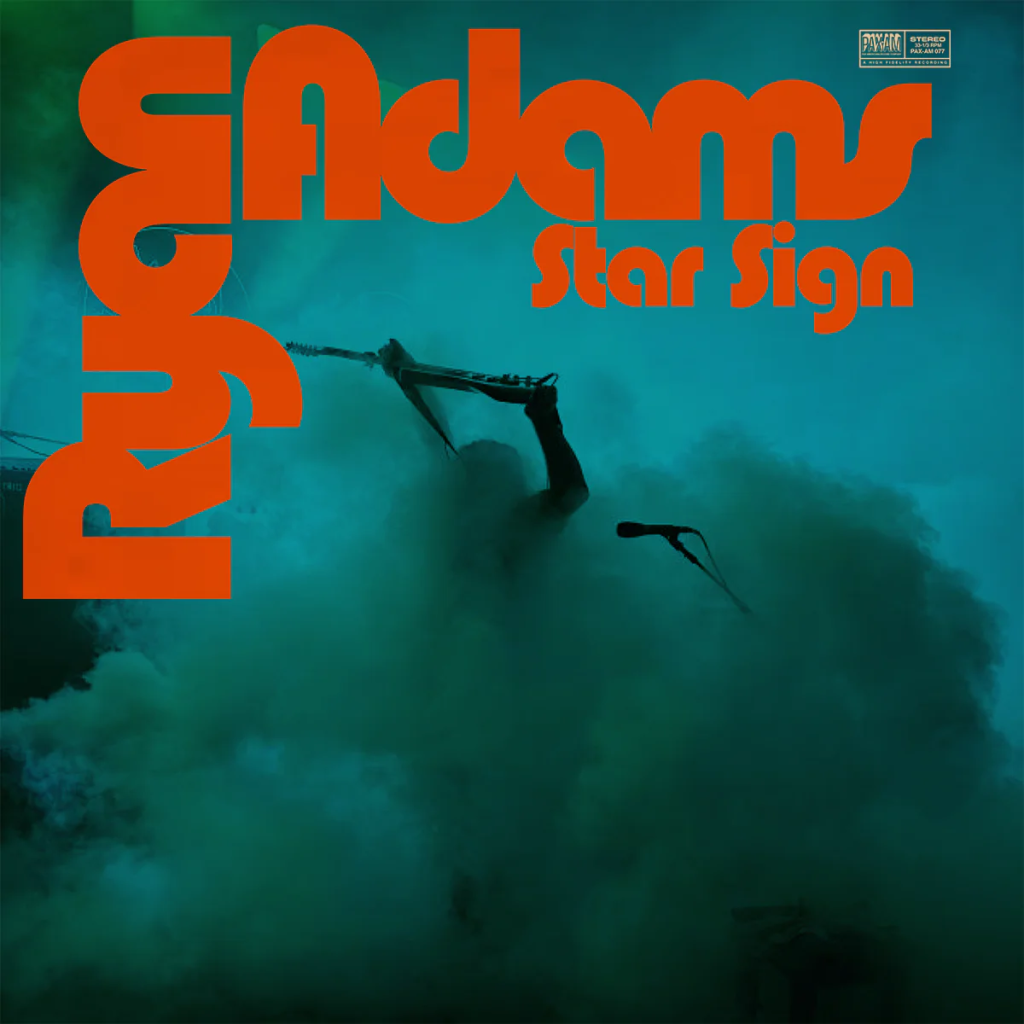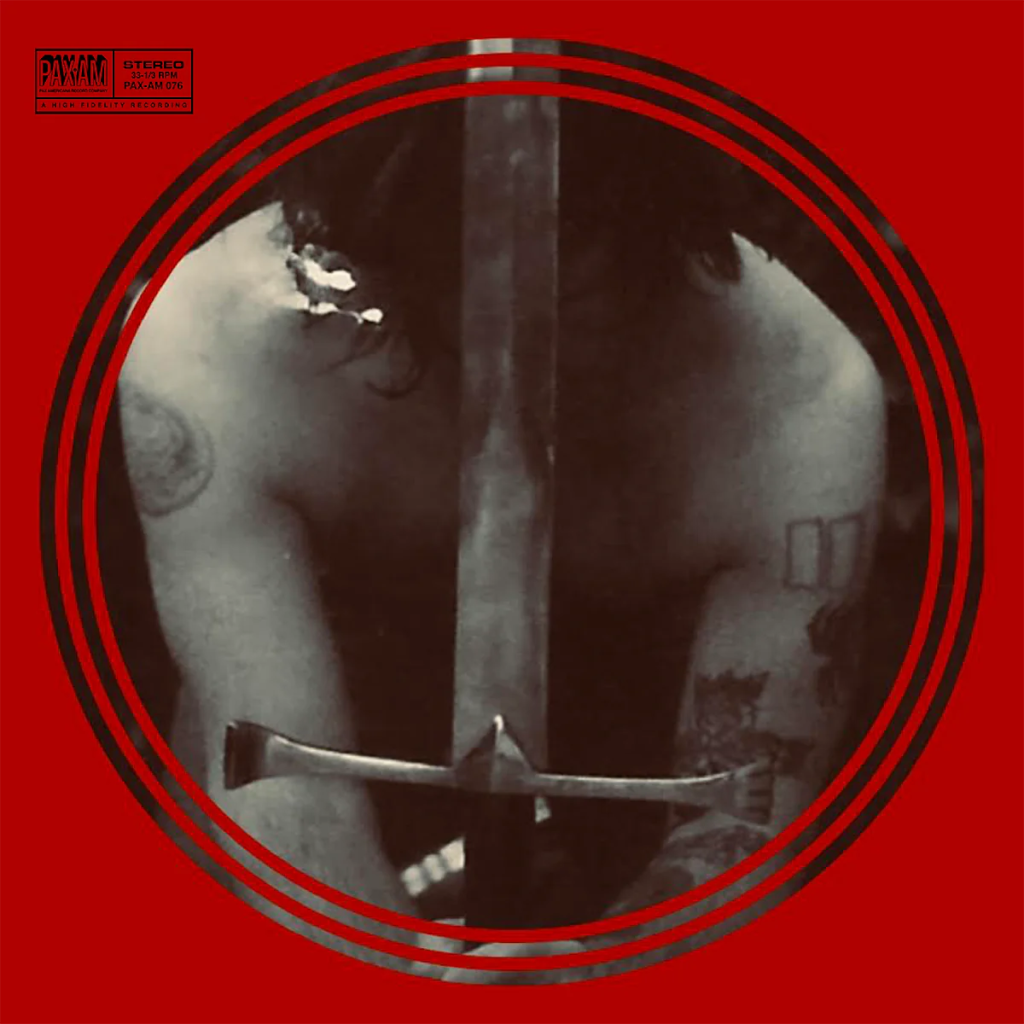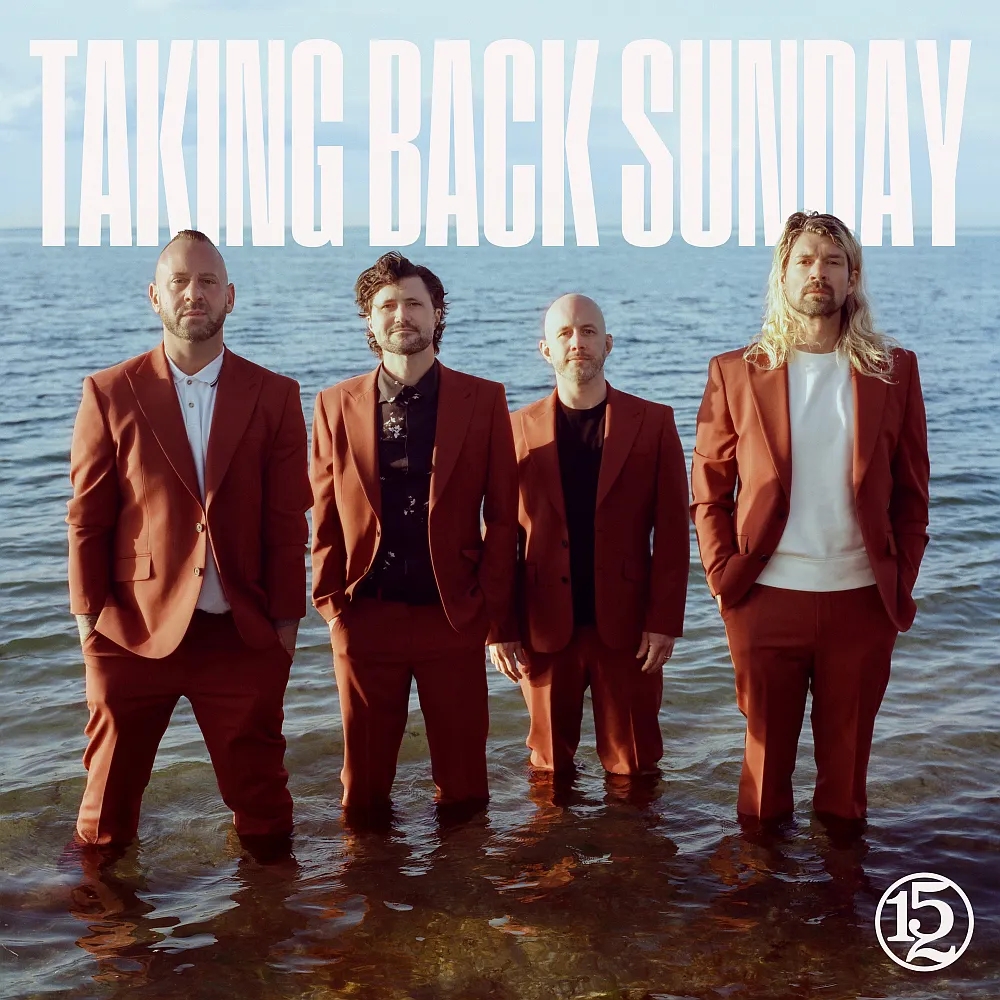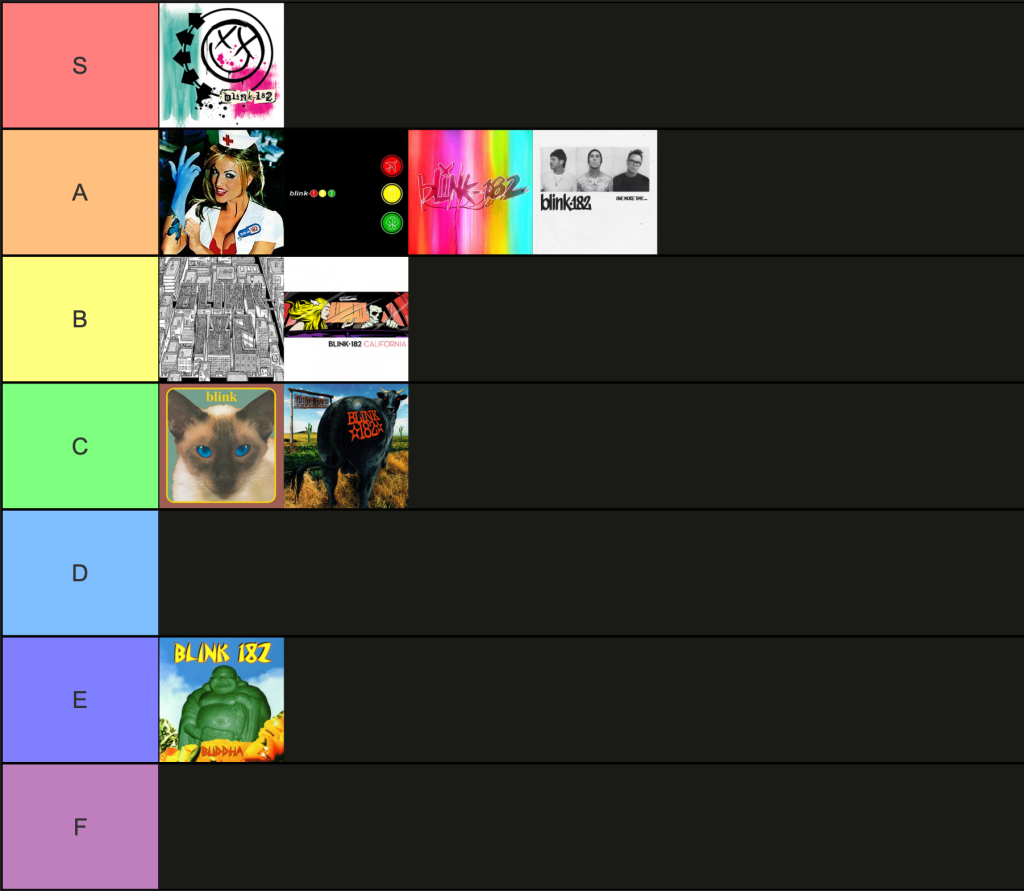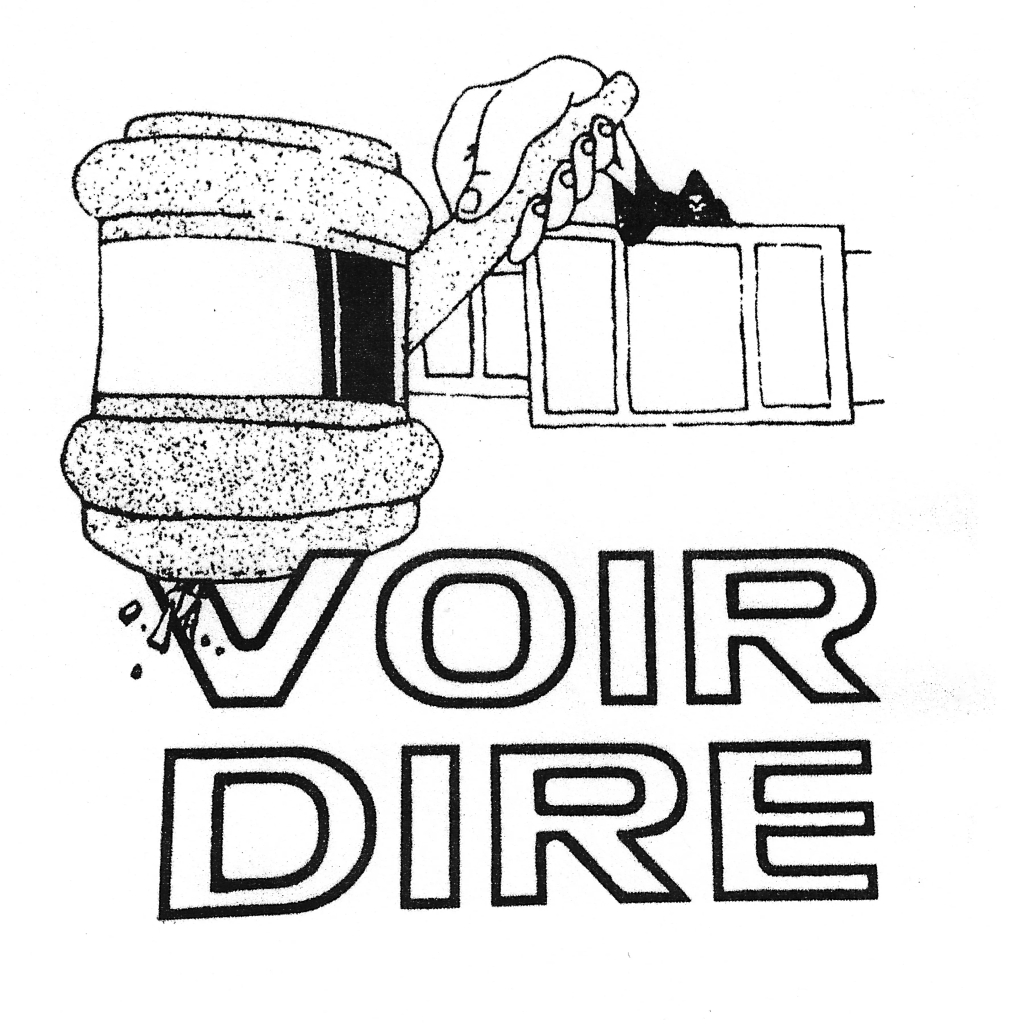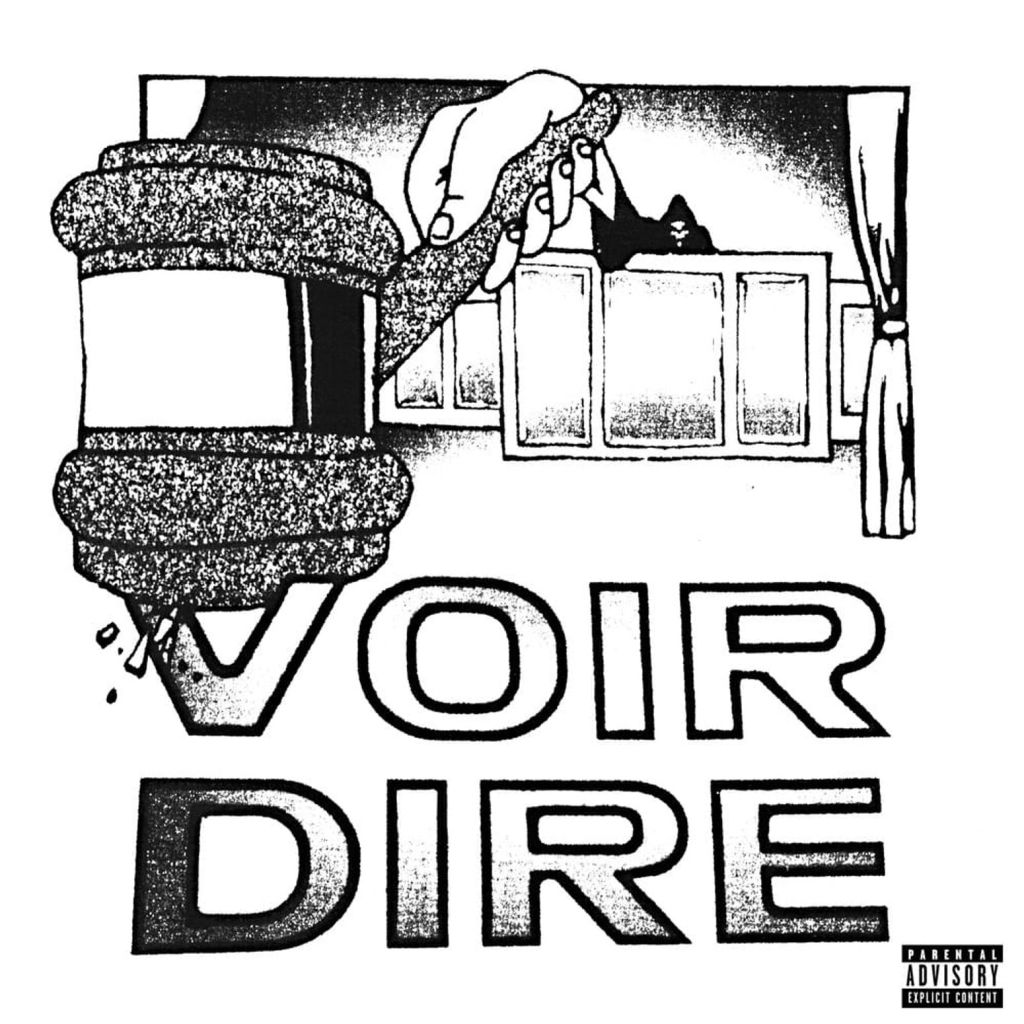What if each member on the core 2023-2024 New York Knicks line-up entering the NBA Playoffs was a song on Pearl Jam’s latest full length Dark Matter? With box score stats and roster standings updated as of the second game of the First Round best-of seven series against the Philadelphia 76ers in the Eastern Conference (NYK up 2-0), that is exactly what is going to happen here. To get our ducks in a row, the Seattle grunge rock legends’s 12th studio effort was released earlier this month on Republic Records, and comes four years after their 2020 mixed bag Gigaton. All cuts on the project were produced by new-gen West Coast rock historian and Eddie Vedder-worshipper Andrew Watt, clocking in at just shy of 50 minutes on new fierce, ironclad, and robust material.
Before we delve into the sequencing—a quick monition on the draft method used to select the New York Knicks players. We’d be remiss if we didn’t start by acknowledging the perhaps painful omission of 25-year-old center Jericho Sims (#45) from the tracklist. In our operationalization’s defense, the album has only got eleven tracks, so a cursory season playtime extraction coupled with a lower musical match make him the proverbial twelfth man cut from this rock band team. For similar, yet less controversial reasons, further Knicks bench players on the official roster list this season, such as Jacob Toppin (#00), Duane Washington Jr (#1), Charlie Brown Jr (#4), Daquan Jeffries (#8), Shake Milton (#13), Mamadi Diakite (#21), are also excluded from being considered for this shortlist.
1. Scared of Fear — Bojan Bogdanović (#44) | Credit his naturally alarmed glance, or conversely, the gregarious approach he must’ve adopted to break through in the world’s top basketball league hailing from God-forsaken Croatia, but the 35-year-old small forward veteran feels like the best place to start with the PJ record. Slowly coming into this own after the February trade from the Detroit Pistons, he has so far undoubtedly been the more impactful of the two partners at the Law Firm of Burks & Bogdanović. The track’s full-throttle percussions and piercing guitars act as a fitting metaphor for his full-court hustle and shooting prowess, while the sonic plateau culled in the song’s bridge stands to represent the ebbs and flows experienced with the Knicks jersey hitherto. Still, the robust runtime at four minutes and a half nonetheless denotes Bogey’s stoic and earnest style of play on the floor.
2. React, Respond — Miles ‘Deuce’ McBride (#2) | “Don’t let the sky hook beat you to submission / Maybe it’s the price of price of our admission / Ain’t no fucking roses to our condition / Turn this anger into nuclear fission, yeah, baby, baby“. What better set of lyrics to describe the improbable ascent of what is now officially the floor general of the Knicks’s second unit? After a somewhat underwhelming first half of the season—bottlenecked by a wealth of players trumping him in coach Tom Thibodeau’s formation rankings—something unlocked in earnest around the NBA All-Star break for the former West Virginia Mountaineers youngster. McBride is arguably a top three ball handler on the team, and as a nod to the opening song stanza, has never let his smaller size be a limiting factor in his NBA hooping shenanigans. He was ready to seize his chance, and that has led him to become the second pure playmaking guard choice in the line-up—right after none other than breakout team star Jalen Brunson.
3. Wreckage — OG Anunoby (#8) | Befitting his first name shortening acronym, this Englishman in New York plays with the grace, poise, and wisdom of a multi-decade seasoned statesman, belying his mid-twenties age registry. A star trade in the winter transfer market season across the whole league, the Knickerbockers hold a stupidly impactful 20-3 winning record when Anunoby is on the floor (Playoff games included). A wreckage was both the athletic juncture he joined the Manhattan team in—with key starting players Robinson and Randle reported out for the rest of the season at the time—and the clinical picture of his right elbow during that fearful February-March stint, where he himself had to be sidelined, met by most Knicks fan’s exorcisms. The levity, emotion, and lightness with which he plays mirror the track’s sunny and carefree spirit, while the wholesome flair on the lyrical front as well as a soaring and catchy refrain recalling his vastly underrated jams at the rim.
4. Dark Matter — Julius Randle (#30) | For all intents and purposes, the greatest and most popular player on the team. The titular album track is not only its lead single, but its defining and equalizing driving force too. Congruently to its musical twin, Randle is the only element on the list that truly transcends the current team’s zeitgeist, as a three-time NBA All-Star and a two-time All-NBA player—on top being the NBA’s Most Improved Player Award in 2021. Now, scientific method sticklers might be quick to point out how his being out since the end of January due to his right shoulder dislocation should make him ineligible for this tracklist. Yet let us be serious, no Knicks roster list to speak of can afford to neglect its marquee player—especially during a statement season averaging 24 points a game, a whooping five more than his career average of 19. It’s plain and simple: the cut slaps, goes hard, and defines Dark Matter, so does (a healthy) Julius Randle.
5. Won’t Tell — Mitchell Robinson (#23) | The comic relief. Track number five on the album is the most uplifting, its most solar and joyous. Then again, do not get it twisted, Pearl Jam is stuffed with negative space and melancholy, even in its brighter moments. The song’s chorus motif chanting “You can find me here / Waiting for your message to come” seems like an indirect homage to Mitchell’s sweet spot stomping ground under the rim, while his unofficial role as the team’s prankster and meme master lends even more credence to him matching the record’s lightheartedness. We can’t skip the part where we acknowledge the cosmic balance found in this being Dark Matter‘s fifth track, and the traditional center role on a basketball court being labeled as ‘the five’. If you don’t read any more track-to-player pairings past this point, let this be proof this parallelism is worth humoring.
6. Upper Hand — Isaiah Hartenstein (#55) |The team’s tireless workhorse, he who played all 82 regular season games last year—reflected by an ambitious, expansive, and triumphant 6-minute opus. Heralded as way more than a luxury reserve for starting center Mitchell Robinson, Hartenstein kept the Knicks afloat during that critical February-March period, where they didn’t seem able to catch a break in their own town—alas, only to capitulate himself for a brief period under his own Achilles trials and tribulations. Much like the tune, Isaiah can be a smidge inconsistent at times, yet he never falters in blood, sweat, and tears, and most times he does manage to prevail and come out on top. As his signature defensive move, turn to this recent savage in-motion block of Tyrese Maxey’s surefire layup, denying the 76ers a certified win with only seconds left on the game clock during game 2 of the ongoing Playoff series.
7. Waiting for Stevie — Alec Burks (#18) | This one is rough. The second Knicks coming of 32-year-old shooting guard Alec Burks this winter was not supposed to turn out this way. After a somewhat average start in January and February—with sizable minutes as part of coach Thib’s end of 1st and end of 3rd quarter second unit rotation—the AWOL partner of the Law Firm of Burks & Bogdanović gradually faded into the team’s anonymous background, with a measly 30 minutes of combined playtime on the floor during the last ten Knicks games to date, and an even more dreadful 5 total points scored during the same timespan, for bad measure. Swap the “Stevie” for “Alec” on the similarly underwhelming, contrived, and rough around the edges album track’s title, and that tells you everything you need to know here. Mediocrity-fest.
8. Running — Josh Hart (#3) | A clear case for when a one-word song name fits a player like a glove. Josh Hart has low-key been the true blue-collar revelation of this New York Knicks season. The definition of an industrious all-around role player, this guy’s regularly playing 40+ minutes each game, and not batting an eye. Eddie Vedder’s opening verse on the cut, “Got me running, got me running, but the race, it never ends / Got me running, or else I’m done in / You got me coming as you’re going and the chase, it never ends / I’ll be running ’til the second coming” legit sounds like it was written about the versatile 29-year-old Maryland native. Hands down the best rebounding guard of the whole NBA, and its most ruthless birdwatchers’s murderer, Josh Hart epitomizes all the little actions and plays that don’t quite end up in the box score, but that make teams win games, and (hopefully) leagues. The track is a two-minute incendiary blister that cuts throats and claws listeners by their ears, not without splashing specks of melody and introspection. The h(e)art and soul of the project.
9. Something Special — Precious Achiuwa (#5) | The quintessential providential player. Nigerian-American Precious Achiuwa was there when no one else was. A ductile player and homegrown New Yorker—via Miami and Toronto—he is able to seamlessly play each of the five positions on the floor. In those few and far-in between games where Robinson, Randle, Anunoby, and Hartenstein were all down, he rose from the ashes and stood up for the city, carrying the whole quintet’s presence under the basket on his shoulders. Arguably the most underrated overachiever on this Knicks version, it was his outstanding locked-in performance during those cold winter months that made it possible for fans to quickly forgive and forget RJ Barrett and Immanuel Quickley for jumping ship during the trade window—not exactly the easiest kicks to fill. As better and stronger songs come back to relevance on the tracklist, Achiuwa finds himself retreating to warming up the bench a bit more—albeit never forgotten. Not the most skilled, talented, or dexterous player on the list, but boy is he something special.
10. Got to Give — Donte DiVincenzo (#0) | The Knicks sniper with a diesel engine. Big Ragu went from borderline disappointing summer trade wannabe-highlight to fixture shooting guard starter on the 2nd seed team of the Easter Conference in around six months. Whilst at that, he saw fit to set the all-time franchise record for three-pointers in a single regular season with 283 (joining Stephen Curry, James Harden, Klay Thompson, Paul George, Buddy Hield and Luka Doncic as the only players to make 280+ in a season). Coinciding with the tune’s crescendo build, DiVo successfully learned how to make himself indispensable, much like this back-end album highlight. Catchy, agreeable, and so damn trademark Knicks; together with the aforementioned Hart and Jalen Brunson he represents that Villanova Wildcats college basketball core that is daring the Mecca of Basketball to dream big this year. “I’ll be the last one standing / I’ll be the first to forgive, yeah“—if one is to trust Pearl Jam, the sniper’s aim is sharper than ever.
11. Setting Sun — Jalen Brunson (#11) | Last, but not least. Song number eleven for #11. Yes, Randle might be the New York Knicks poster child, but Brunson is their prodigal son. The indisputable leader and top scorer on this team, thanks to his formidable performances and sensational contributions to the Knicks once-in-a-generation season record, Jalen was named an All-Star Player this past February. Like his sonic counterpart, he is beautiful to watch, universally impactful, and the undeniably constituent part of the whole. The guy is averaging 29 points and 7 assists per game this season, for God’s sake. We couldn’t imagine Dark Matter without this wall-to-wall acoustic enchantment coda, and so can’t we the New York Knicks without his 27-year-old point guard. Without being a prisoner of the moment, Jalen Brunson is poetry in motion. Jalen Brunson was born to play basketball.
We’d like to thank you sincerely for taking the time to read this and we hope to feel your interest again next time. And good luck to the Knicks in the Playoffs this time around.
AV
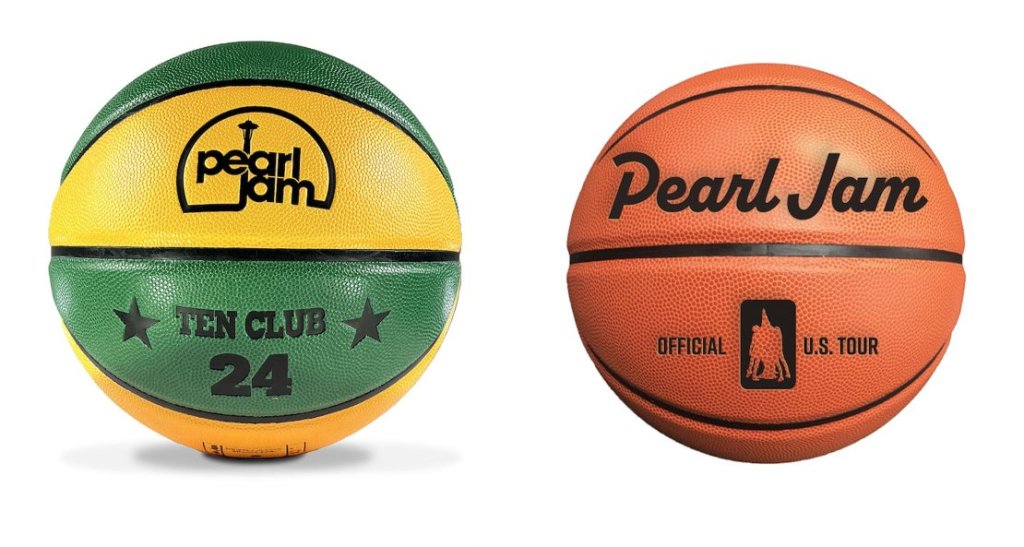

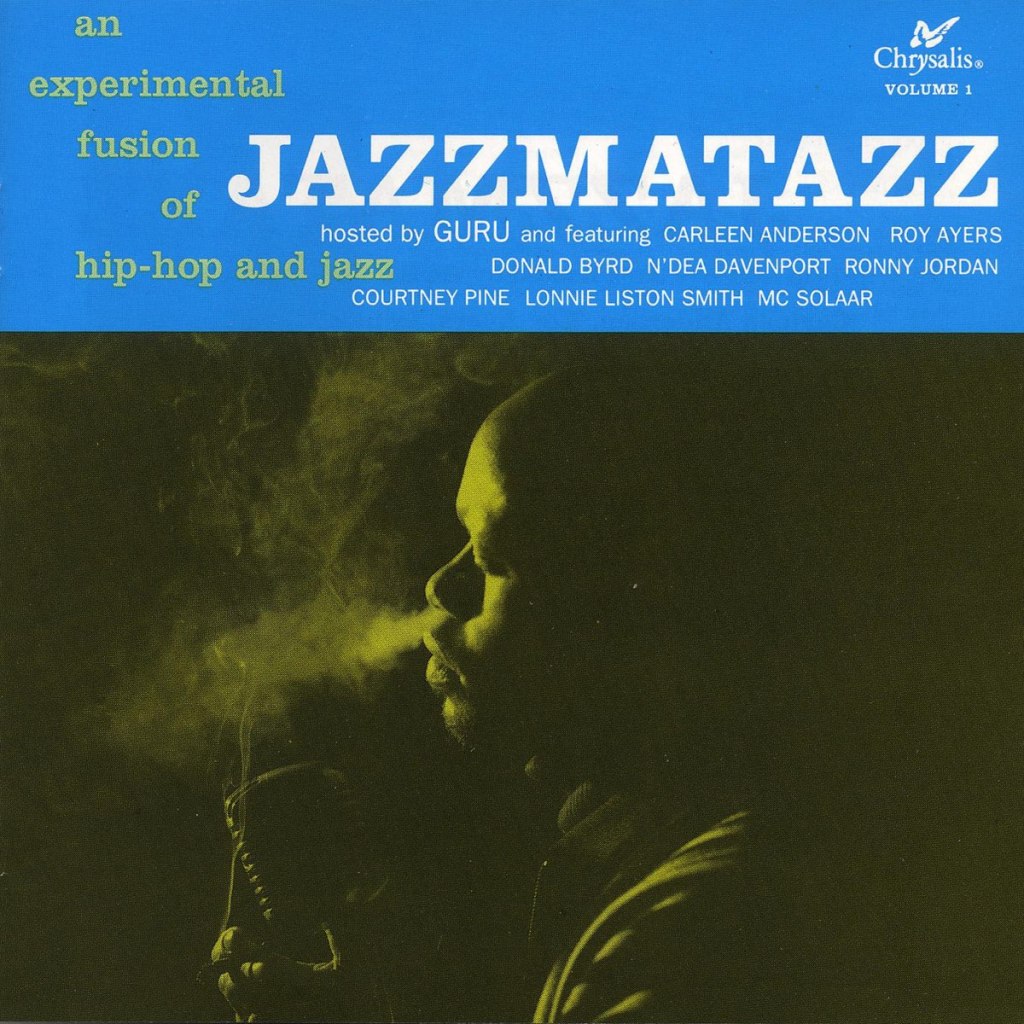
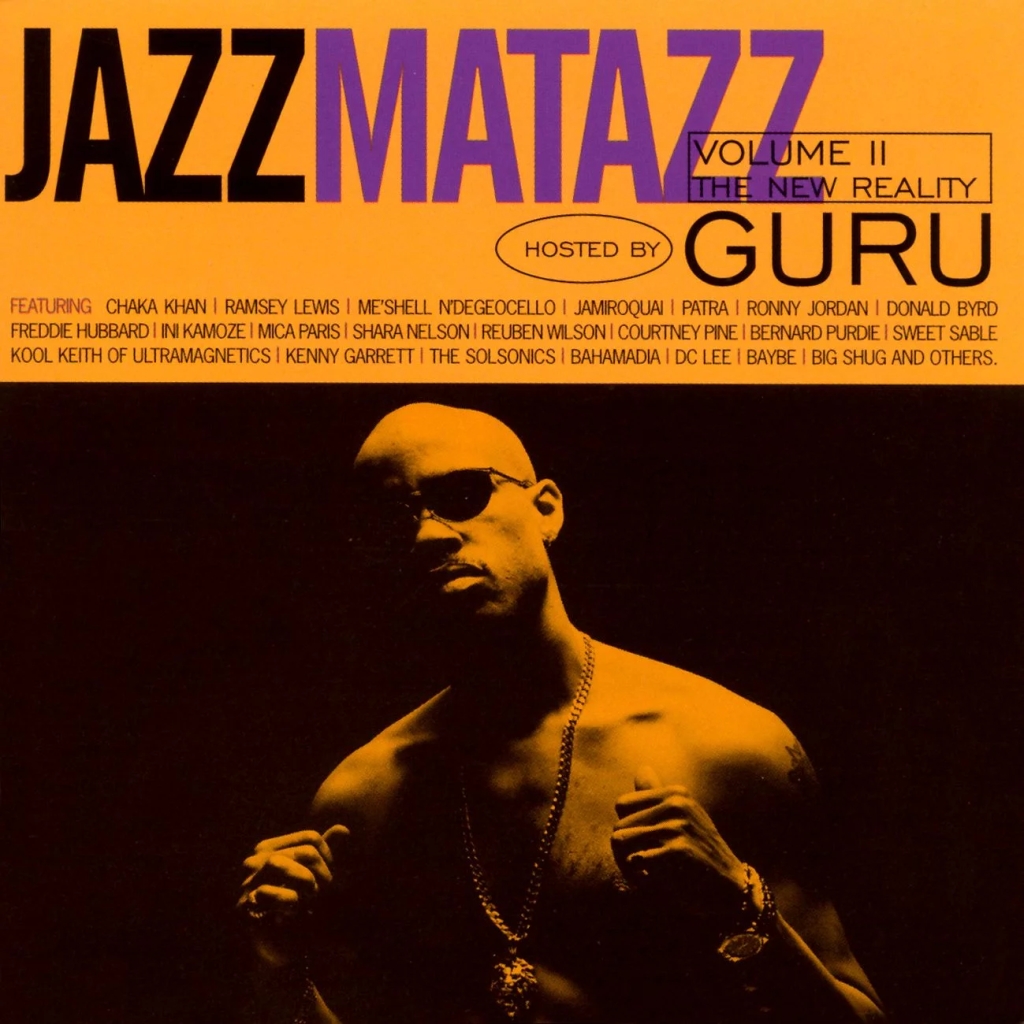
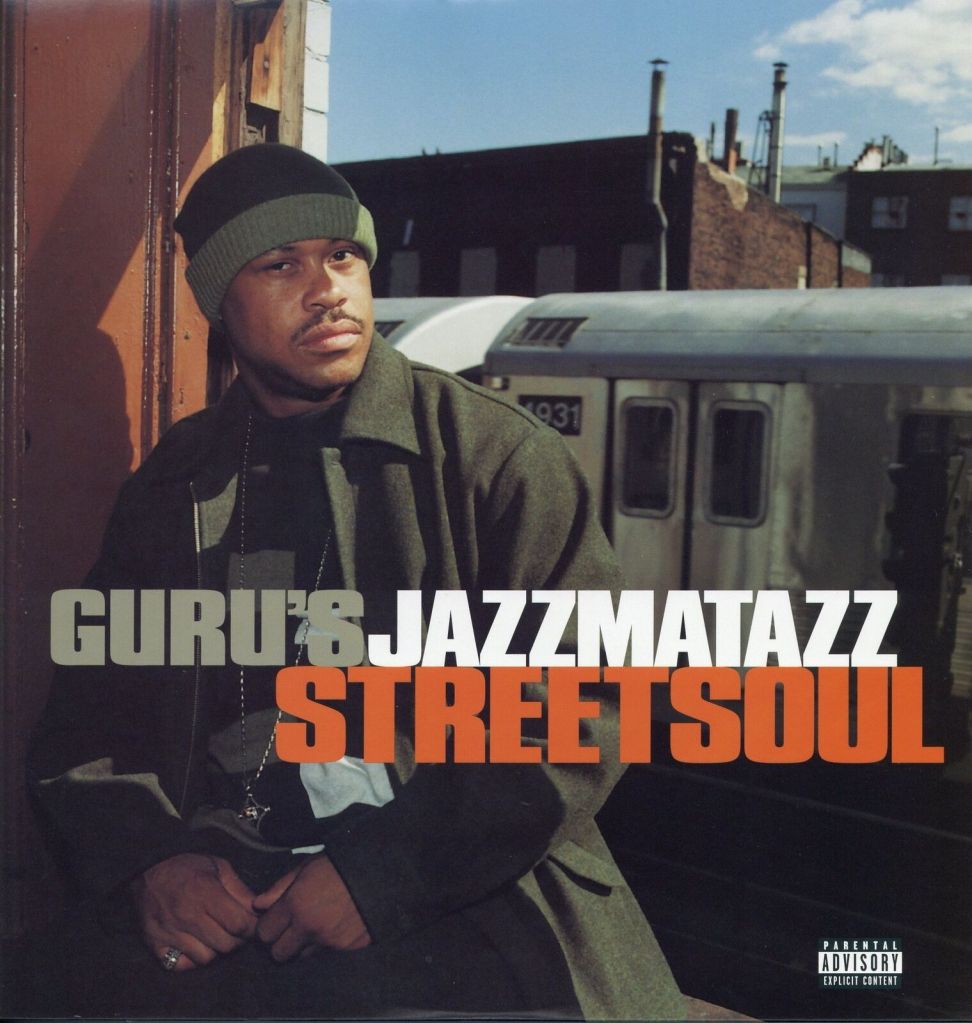
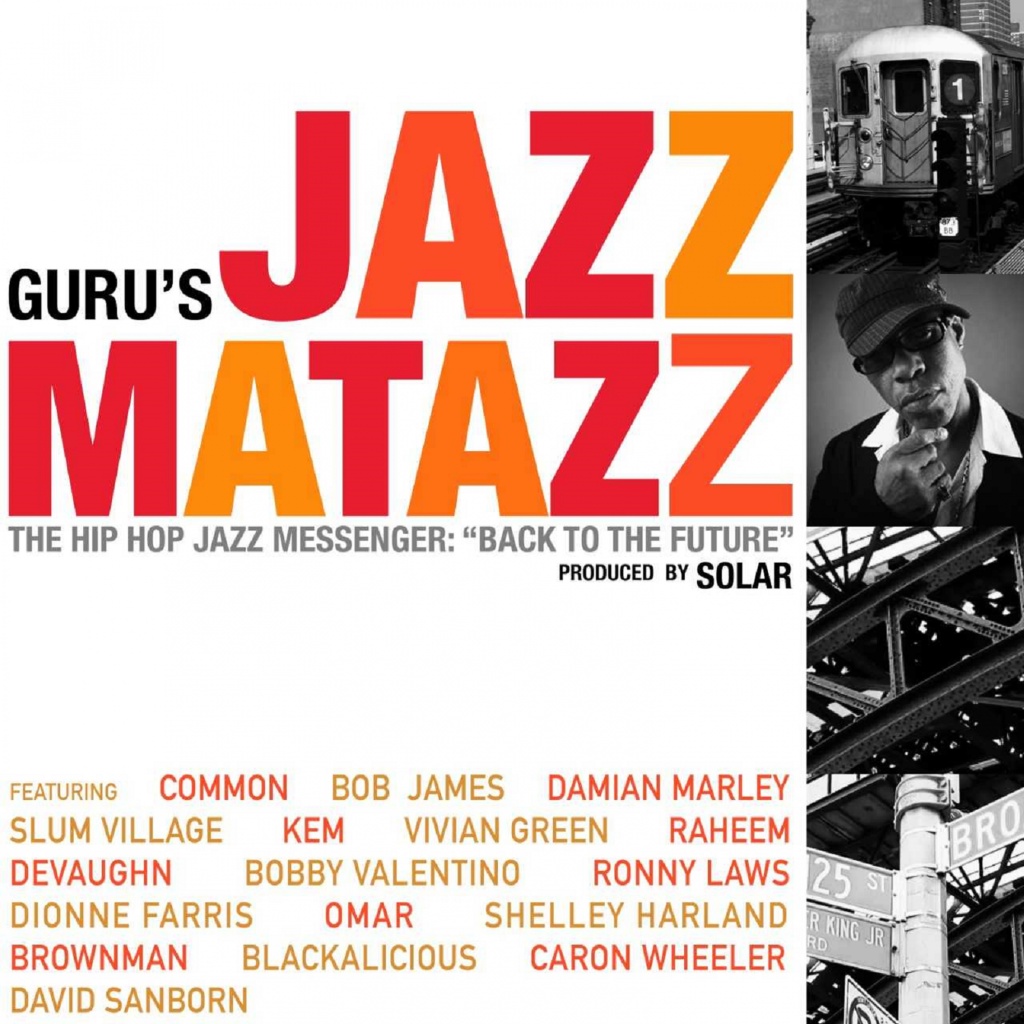
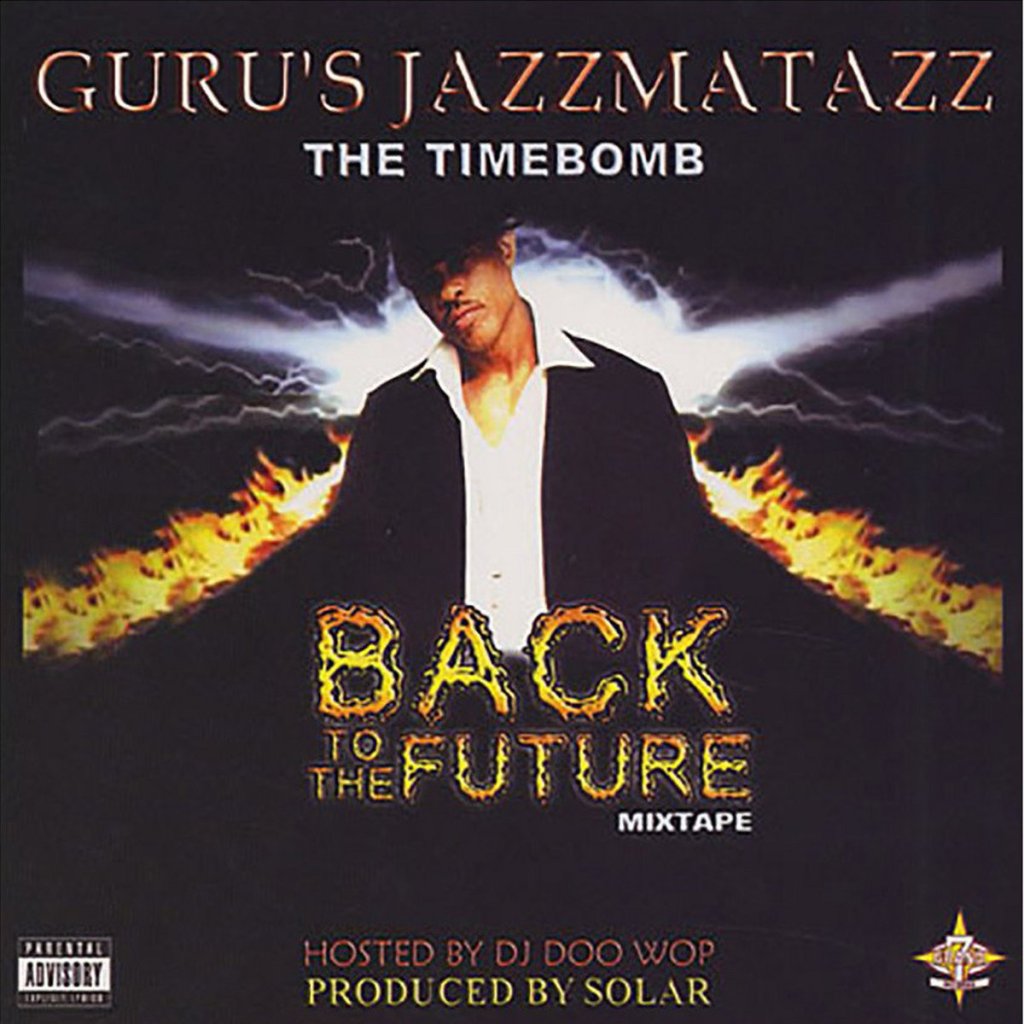
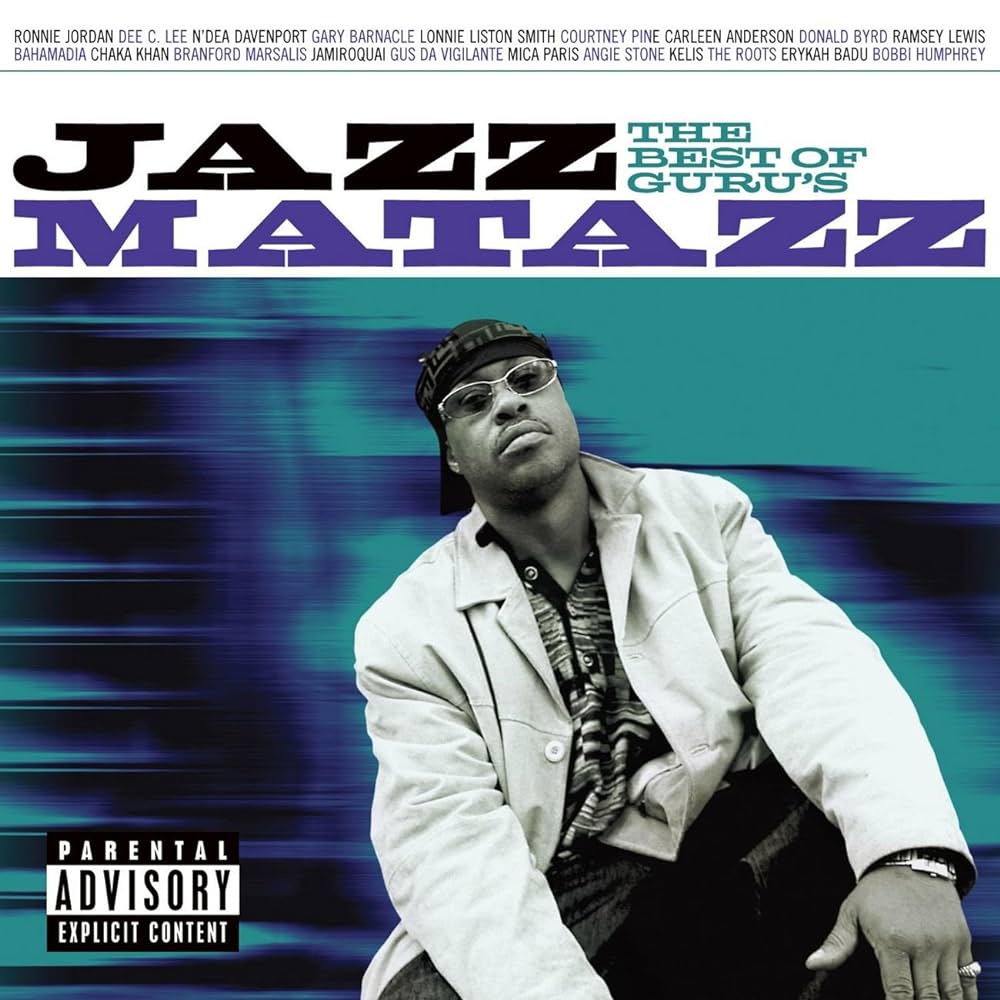
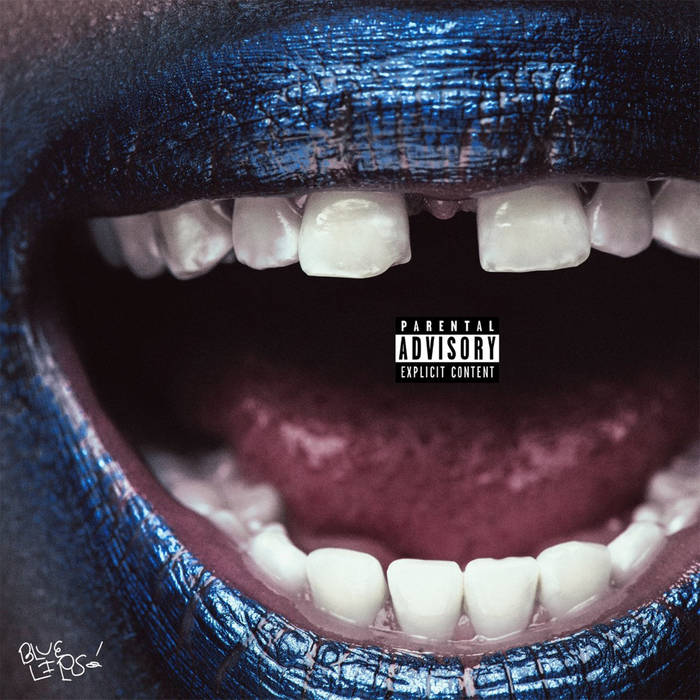

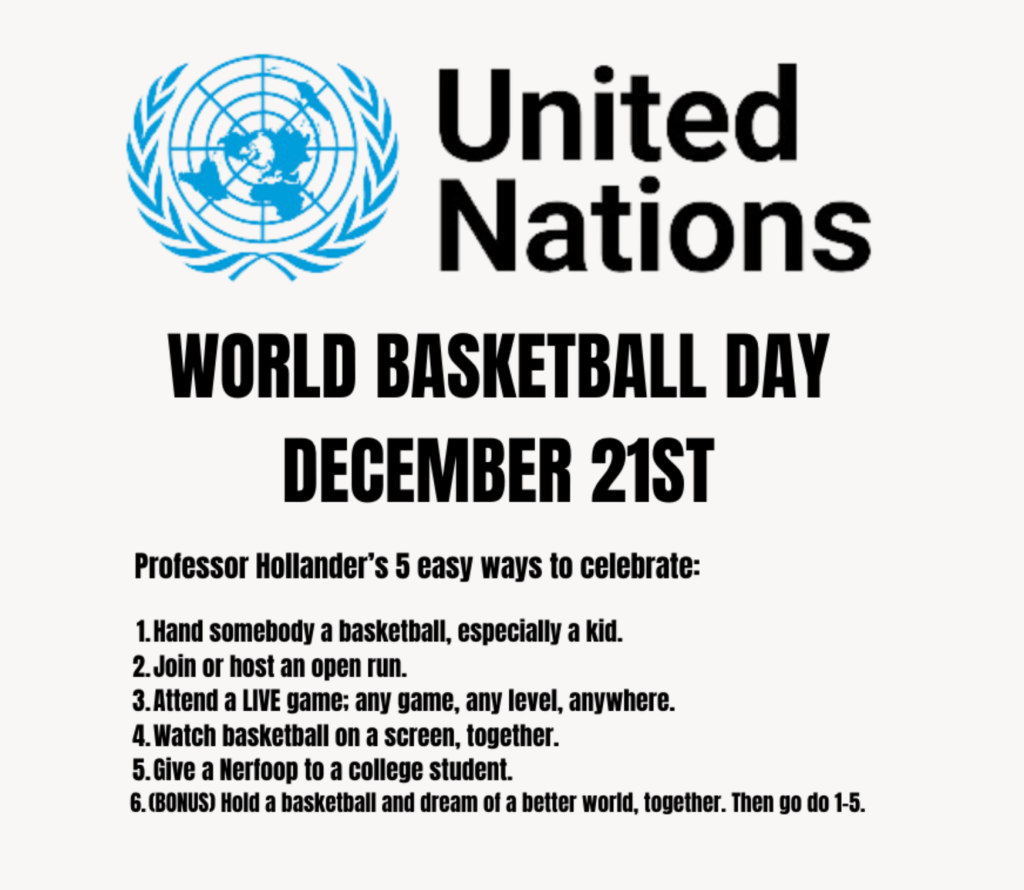
 SMASHING PUMPKINS — ATUM: A ROCK OPERA IN THREE ACTS (MARTHA’S MUSIC)
SMASHING PUMPKINS — ATUM: A ROCK OPERA IN THREE ACTS (MARTHA’S MUSIC)

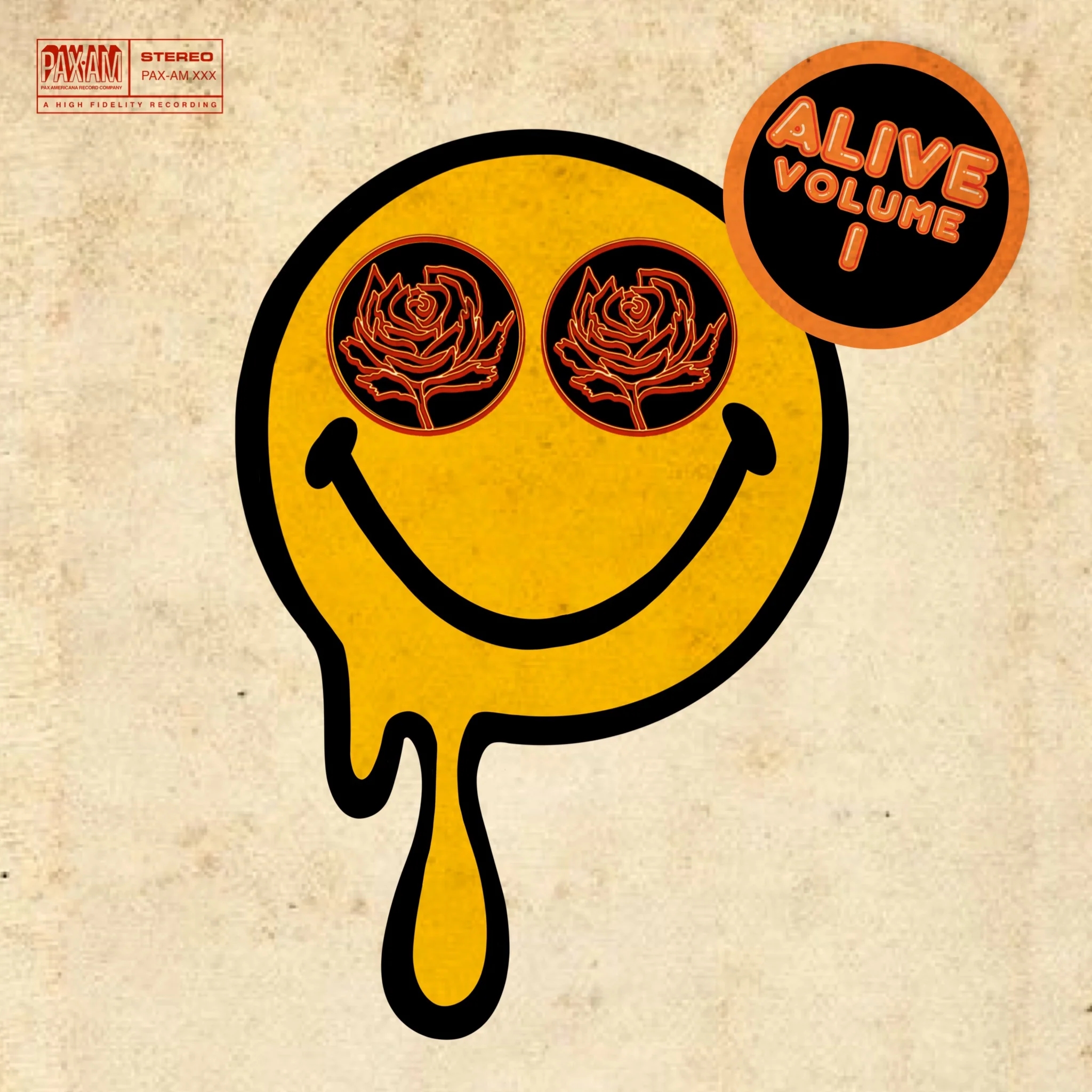
 RYAN ADAMS — BLOOD ON THE TRACKS, MORNING GLORY, ALIVE – VOL. I, RETURN TO CARNEGIE HALL (PAX-AM)
RYAN ADAMS — BLOOD ON THE TRACKS, MORNING GLORY, ALIVE – VOL. I, RETURN TO CARNEGIE HALL (PAX-AM) ODDISEE — TO WHAT END (OUTER NOTE LABEL)
ODDISEE — TO WHAT END (OUTER NOTE LABEL)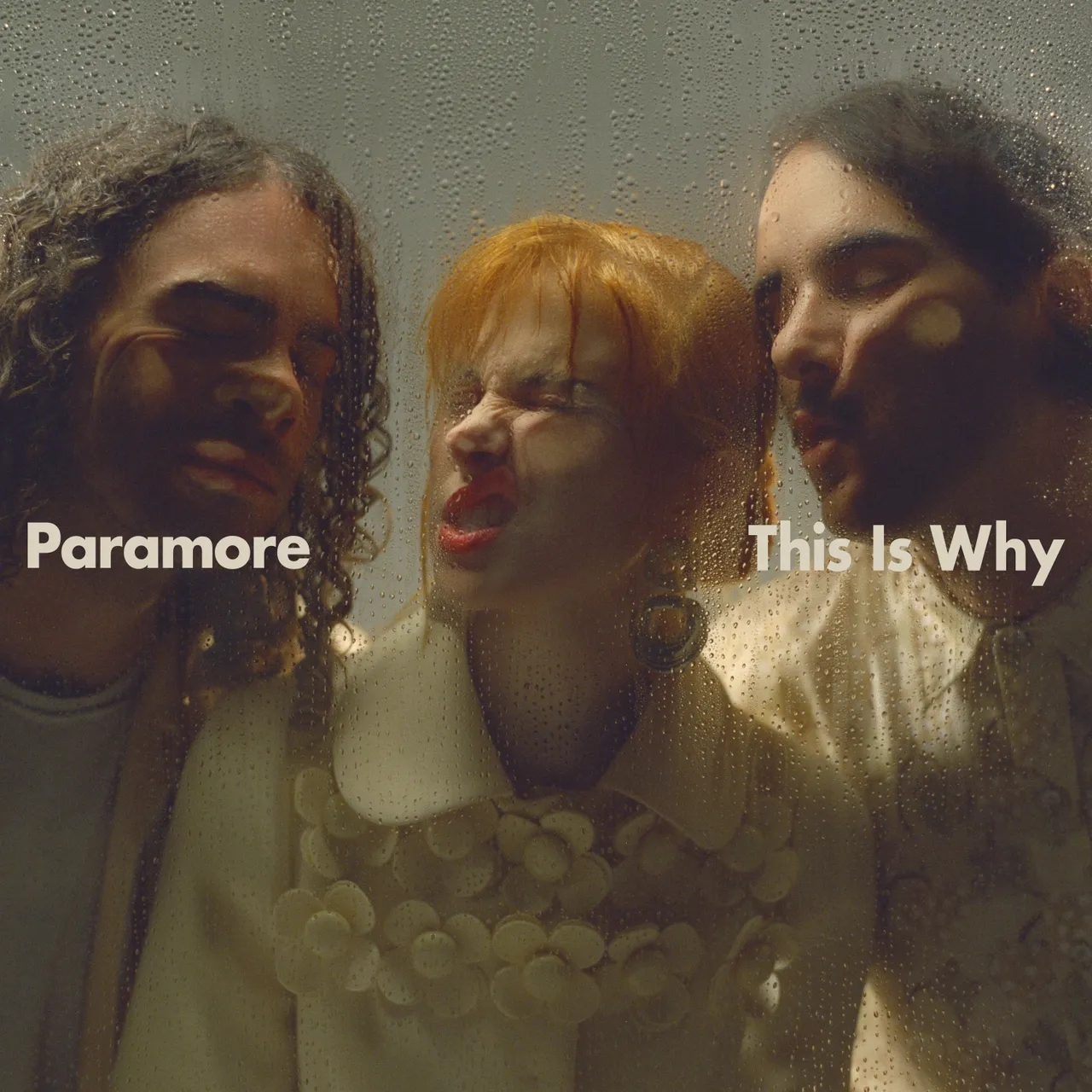
 PARAMORE — THIS IS WHY & RE: THIS IS WHY (ATLANTIC RECORDING)
PARAMORE — THIS IS WHY & RE: THIS IS WHY (ATLANTIC RECORDING) GORILLAZ — CRACKER ISLAND (PARLOPHONE RECORDS)
GORILLAZ — CRACKER ISLAND (PARLOPHONE RECORDS)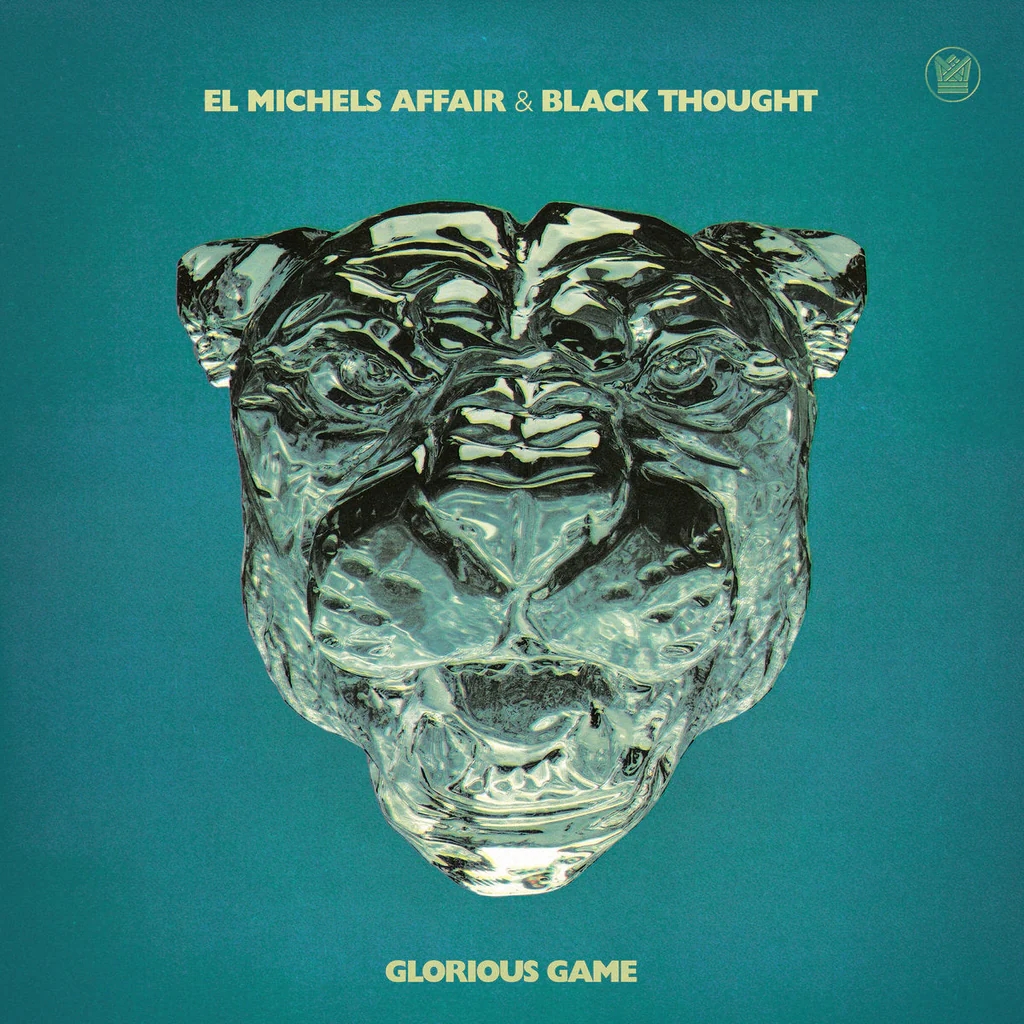 EL MICHELS AFFAIR, BLACK THOUGHT — GLORIOUS GAME (BIG CROWN RECORDS)
EL MICHELS AFFAIR, BLACK THOUGHT — GLORIOUS GAME (BIG CROWN RECORDS) FOO FIGHTERS — BUT HERE WE ARE (ROSWELL RECORDS)
FOO FIGHTERS — BUT HERE WE ARE (ROSWELL RECORDS) KILLER MIKE — MICHAEL (LOMA VISTA RECORDINGS)
KILLER MIKE — MICHAEL (LOMA VISTA RECORDINGS) DOMINIC FIKE — SUNBURN (COLUMBIA RECORDS)
DOMINIC FIKE — SUNBURN (COLUMBIA RECORDS) GEORGE CLANTON — OOH RAP I YA (100% ELECTRONICA)
GEORGE CLANTON — OOH RAP I YA (100% ELECTRONICA) TRAVIS SCOTT — UTOPIA (EPIC RECORDS)
TRAVIS SCOTT — UTOPIA (EPIC RECORDS) EARL SWEATSHIRT, THE ALCHEMIST — VOIR DIRE (TAN CRESSIDA)
EARL SWEATSHIRT, THE ALCHEMIST — VOIR DIRE (TAN CRESSIDA) NONAME — SUNDIAL (AWAL)
NONAME — SUNDIAL (AWAL) THIRTY SECONDS TO MARS — IT’S THE END OF THE WORLD BUT IT’S A BEAUTIFUL DAY (CONCORD RECORDS)
THIRTY SECONDS TO MARS — IT’S THE END OF THE WORLD BUT IT’S A BEAUTIFUL DAY (CONCORD RECORDS) DRAKE — FOR ALL THE DOGS (REPUBLIC RECORDS)
DRAKE — FOR ALL THE DOGS (REPUBLIC RECORDS) BLINK-182 — ONE MORE TIME… (COLUMBIA RECORDS)
BLINK-182 — ONE MORE TIME… (COLUMBIA RECORDS)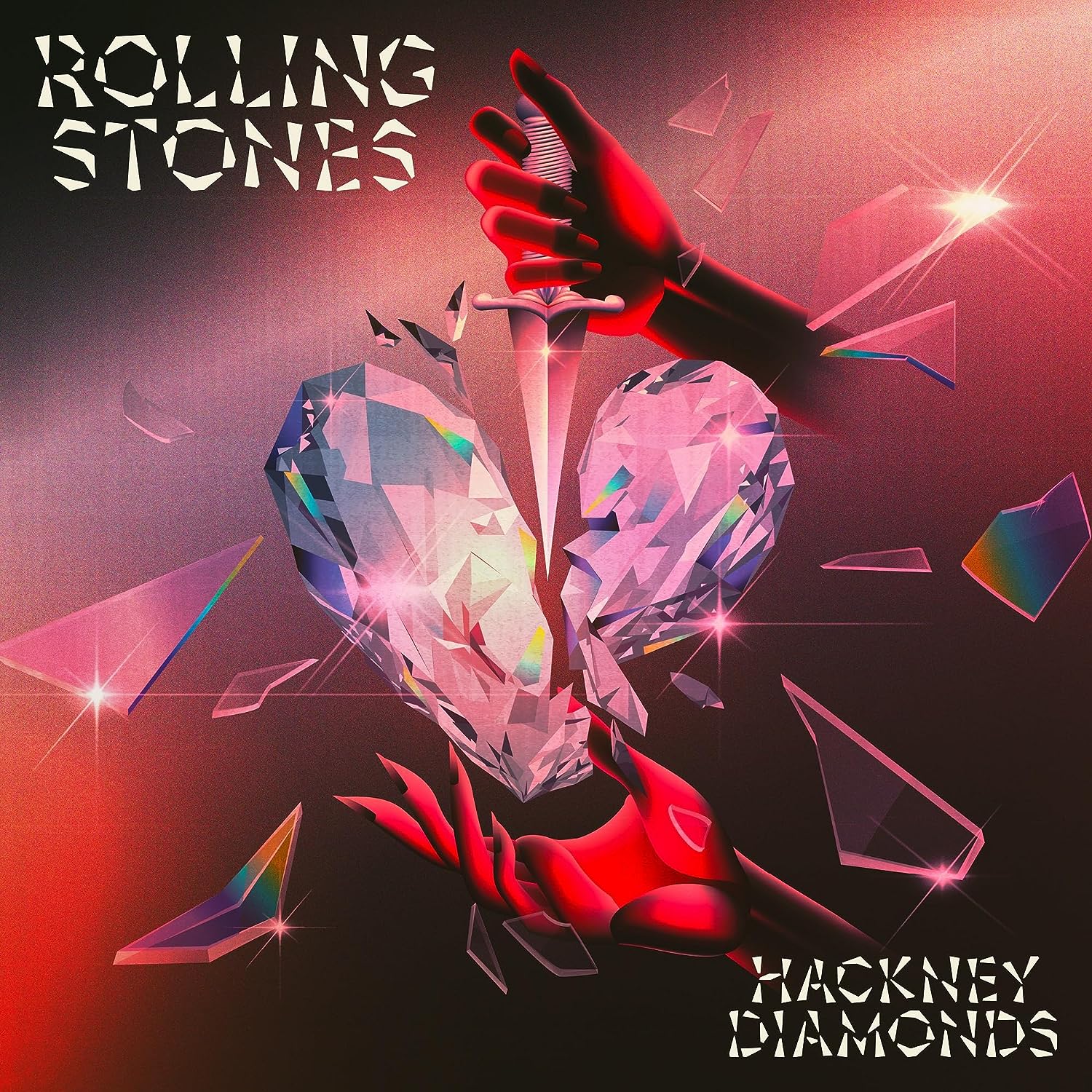 THE ROLLING STONES — HACKNEY DIAMONDS (POLYDOR RECORDS)
THE ROLLING STONES — HACKNEY DIAMONDS (POLYDOR RECORDS)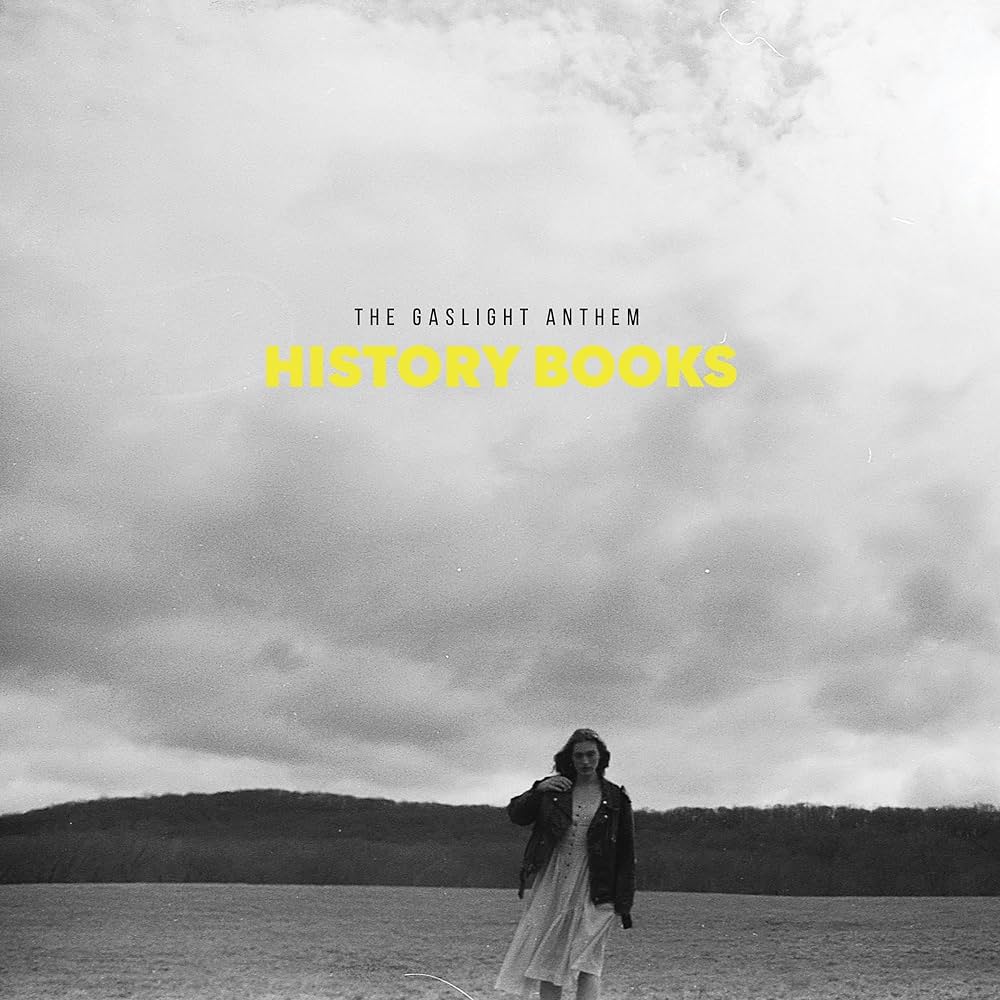 THE GASLIGHT ANTHEM — HISTORY BOOKS (THIRTY TIGERS)
THE GASLIGHT ANTHEM — HISTORY BOOKS (THIRTY TIGERS)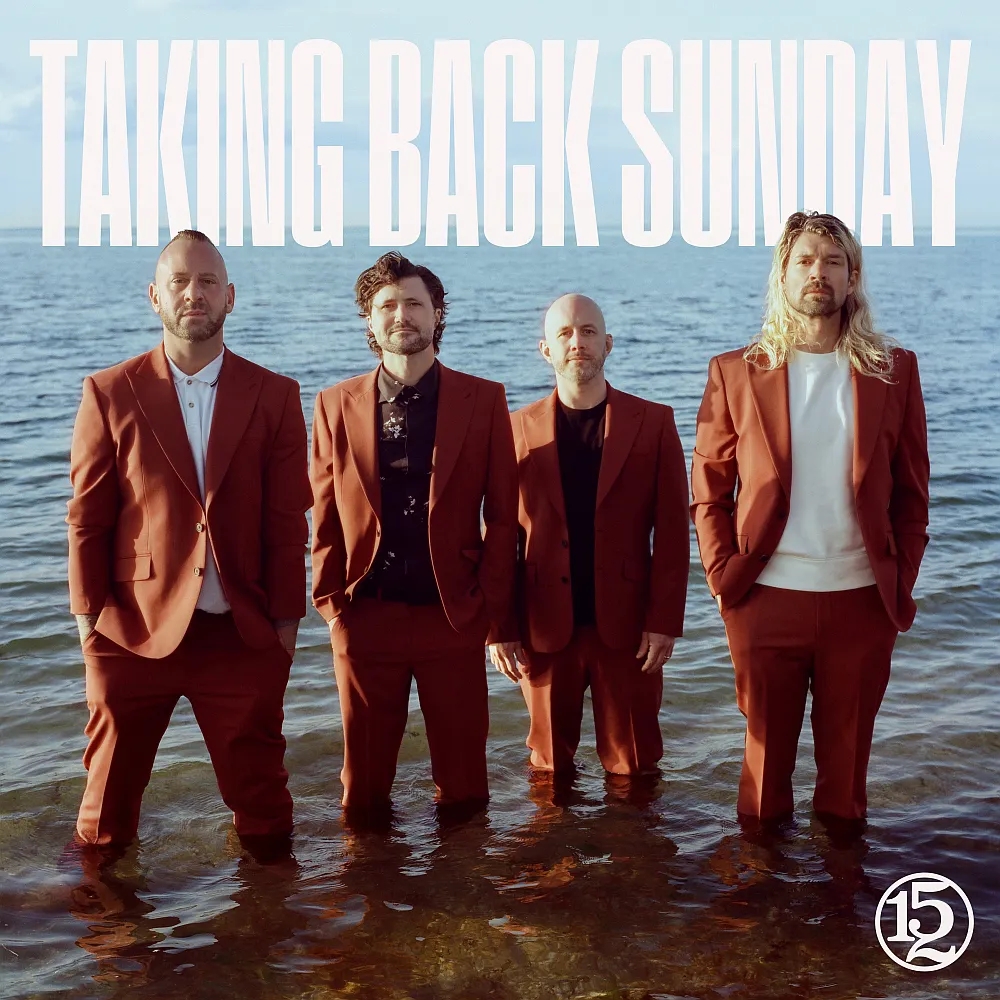 TAKING BACK SUNDAY — 152 (FANTASY RECORDS)
TAKING BACK SUNDAY — 152 (FANTASY RECORDS)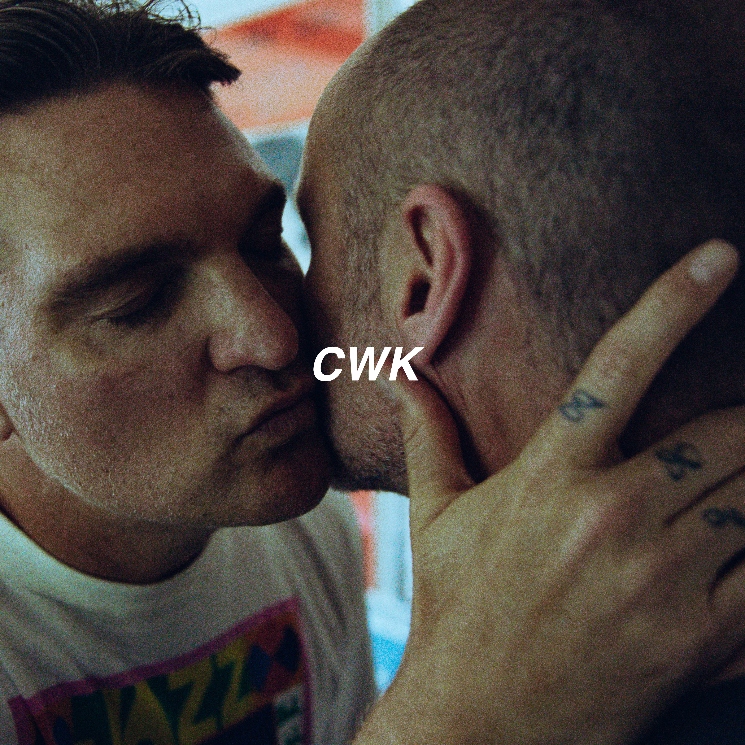 COLD WAR KIDS — COLD WAR KIDS (AWAL)
COLD WAR KIDS — COLD WAR KIDS (AWAL)
